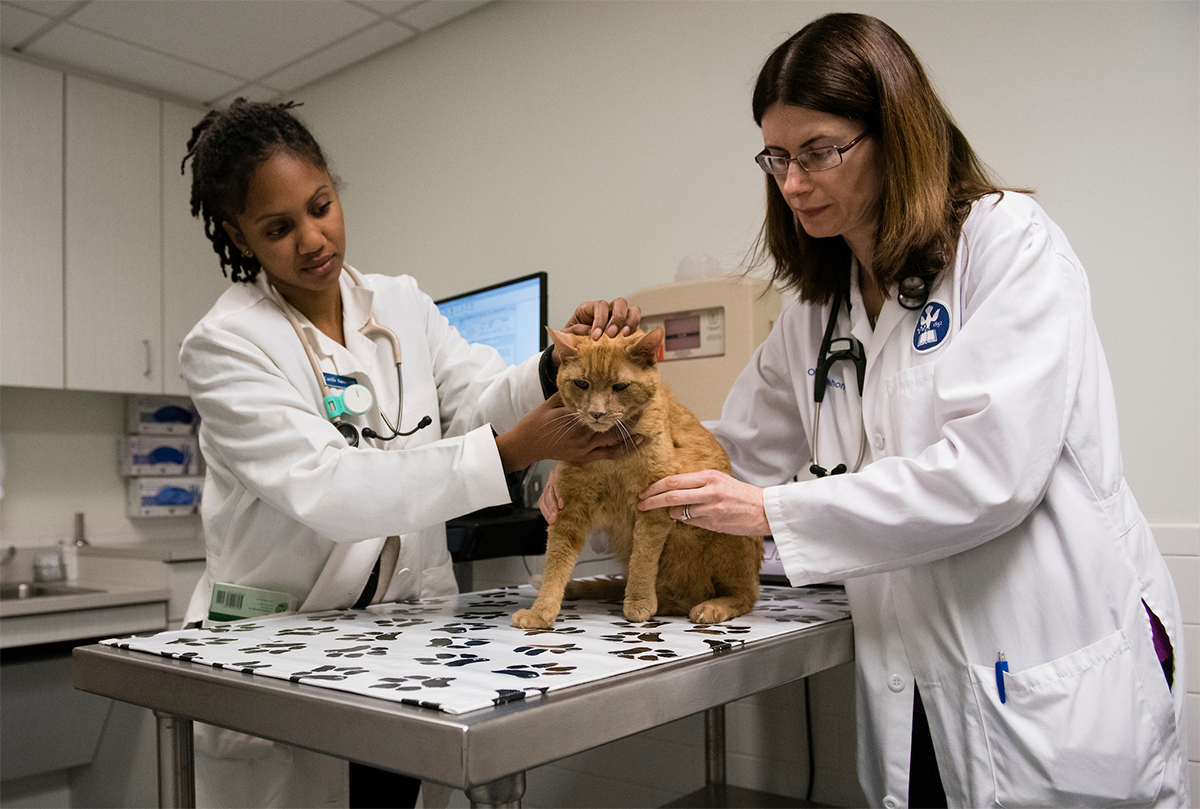Clinical Teaching Tip: Critical Reflection
By Carie Cardamone, PhD, Associate Director of STEM & Professional Schools, CELT
In professional practice, critical reflection improves the quality of clinical decision making, and reduces stress and medical errors. In the teaching clinic, modeling and guiding students through reflective practice is a powerful tool to enhance learning and continually improve patient care.

Critical reflection encourages deep learning by connecting new experiences to underlying knowledge and beliefs, and helps to develop a mental framework for effective future decision making. Moreover, it encourages the viewing of a situation from multiple perspectives, which allows students and instructors to recognize knowledge gaps, technical errors, emotional reactions and implicit assumptions, such as an over reliance on pattern recognition when confronting a patient or treatment. By indicating interest in the students holistic professional development, regularly guiding students in reflection creates a positive learning environment, which lowers their anxiety and increases their learning efficacy. While in the short-term, embedding reflective practice in the clinical experience can take time, in the long-term it provides net gains when students are able to recognize their actions and quickly self-correct. Reflection, in the fast-paced clinical environment, is a continuous process composed of synthesizing knowledge through reflection-in-action while on the clinic floor, and reflection-on-action afterwards to analyze experiences and consolidate new knowledge gained for future use and improved patient outcomes.
Reflection-in-practice encourages a sense of curiosity and openness in practitioners and learners by recognizing and challenging implicit assumptions about clinical situations. By modeling critical reflection, an instructor can make visible the mental habits of experts and help students understand how to integrate theory and practice. It is tool for students to develop their ability to act and think professionally. Verbal feedback sessions between instructors and students allow instructors to facilitate students’ reflective capacity through the use of questions and prompts. These create a collaborative generation of insights into students‘ performance and learning. The most effective questions allow each student to experience initial success and challenge them to increase their knowledge base.
Example Reflection-In-Practice Guiding Questions:
- What do you know? How reliable is your information?
- What can you do? How did you come to this conclusion? What information might prompt a different conclusion?
- How might you explain this diagnosis and recommended treatment to the patient and their family?
Opportunities for reflection-on-practice at the beginning or end of a clinical round, help students solidify learning and deconstruct concrete professional experiences. Through the process of critical reflection and the exploration of alternative views to their own, students develop their understanding of how personal and discipline-specific perspectives impact their learning and their interactions with others. Reflection-on-practice prompts guide students to describe and analyze an event, explore paradigms of knowledge that underpin specific practices and relate how their analysis of what happened could compare to the perspectives of others. Reflective journals can be used to imbed the practice into a daily clinical experience. Through this daily practice, students develop and cultivate skills of critical reflection and illustrate the evolution of their thought processes over time. Students can also use these journals to write comments, questions or notes throughout the day.
Example Reflection-On-Practice prompts for the end of the day:
- Select one case you saw today:
- Identify the impact the case had on your learning and your emotional state. Include what you learned from the case as well as any questions you still have.
- When you encounter a similar case in the future, what approach should you take to the case? What else might you need to know to develop a better strategy?
- Select a patient history you gathered today, describe one question you wished you had asked when taking the history and why.
- Describe diagnostic test(s) ordered for a patient you encountered today, identify a contraindication for each and then justify why it was needed for this patient.
- Cite one task you performed today that you feel you could improve on and describe what you will do tomorrow to improve.
- Explain a diagnosis for a case you encountered today and justify it by identifying what in the history, signalment, and exam findings support the diagnosis. Also identify possible alternative diagnoses and what information would make each more probable.
Example Reflection-On-Practice Prompts for the end of the week or rotation:
- Review a decision you made this week. Analyze the consequences of that decision and consider what other options might have been available at that time. Consider the factors that contributed to the decision made, and identify new knowledge that would help you make such decisions in the future.
- Explain one concept that was discussed in rounds that was new to you. How might this concept be useful to you in the future?
- List 3 things you have learned (knowledge or skills) that you believe will be helpful to you when you are in practice. Describe when and how you might use them in the future.
Further Reading on Reflection in Clinical Practice:
- ‘Reflection and reflective practice in health professions education: a systematic review‘ by Mann, Gordon & MacLeod 2007 in Health Sciences Education, reviews a range of studies to evaluate the evidence that supports and informs reflective curricular interventions and innovations.
- Making the Most of the First Five Minutes: The Clinical Teaching Moment by Smith & Lane 2015 in the Journal of Veterinary Medical Education, identifies potential teaching moments and practical ideas, including a reflecting process, to deepen students’ learning.
- Available in the CELT Lending Library https://provost.tufts.edu/celt/celt-library/
- Clinical Education in the Health Professions an Educator’s Guide, edited by Clare Delany & Elizabeth Molloy’




